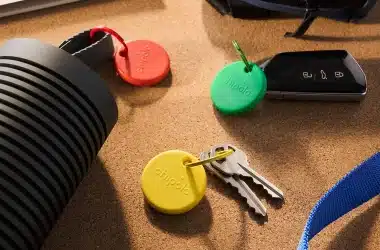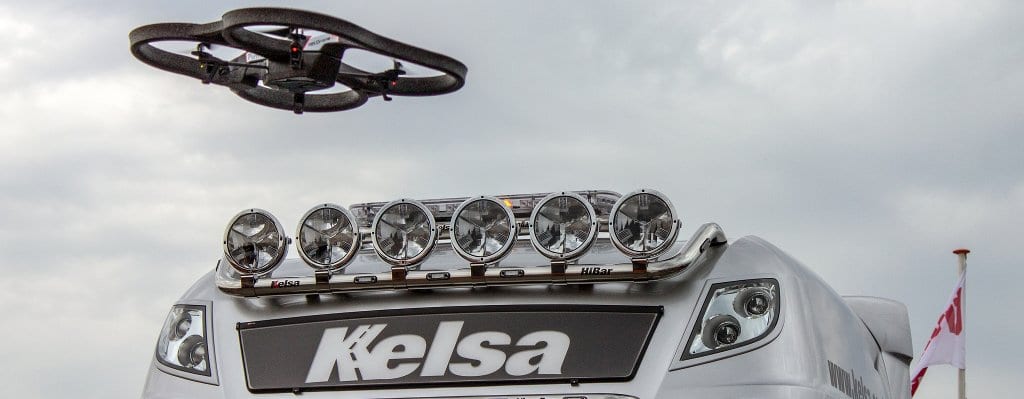A decade ago, there was hardly anything apart from birds, bats and bugs in flight (excluding commercial planes and helicopters which are thousands of feet above ground, almost out of sight). Today, drone technology is gaining popularity. Now there are drones designed for even children. This means you will need to talk to your children about your country’s unmanned aircraft regulations. Anyone or anything on the move has to use a certain path such as a sidewalk/other walkway, bridge, road, track, etc.
While small drones (defined by the U.K.s Civil Aviation Authority as ‘unmanned aircrafts of a mass less than 20 kg’) are not quite as restricted, the fact that they fly so near to the ground (hence, near people, windows, automobiles, and other private property) has gotten them banned from ‘congested‘ areas and from being flown within 150 metres of buildings and roads. You must also get permission from the CAA to fly them, and they must be within sight. There is nothing wrong with flying a drone, but it is safest to keep them out of congested areas until someone comes up with a reliable, convenient, and safe way to regulate their flights so that accidents may be avoided.
IBTimes said:
They cannot be flown within 150 meters of buildings or roads, and although prosecutions until now have been few and far between, the Civil Aviation Authority is cracking down, searching YouTube for incriminating videos and contacting offending pilots. IBTimes UK met with Simon Dale, who is the chairman of First Person View, a company which imports the popular DJI Phantom drones to the UK. Dale is also closely involved with the CAA and is on a mission to help improve drone laws and education to keep our skies safe.
There are more drone regulations, to see them, visit the Civil Aviation Authorities’ CAP 722 page.
Sources: CAA, IBTimes, and Telegraph.
Image obtained with thanks from Solar Guard Exclusive Truck Parts on Flickr.








